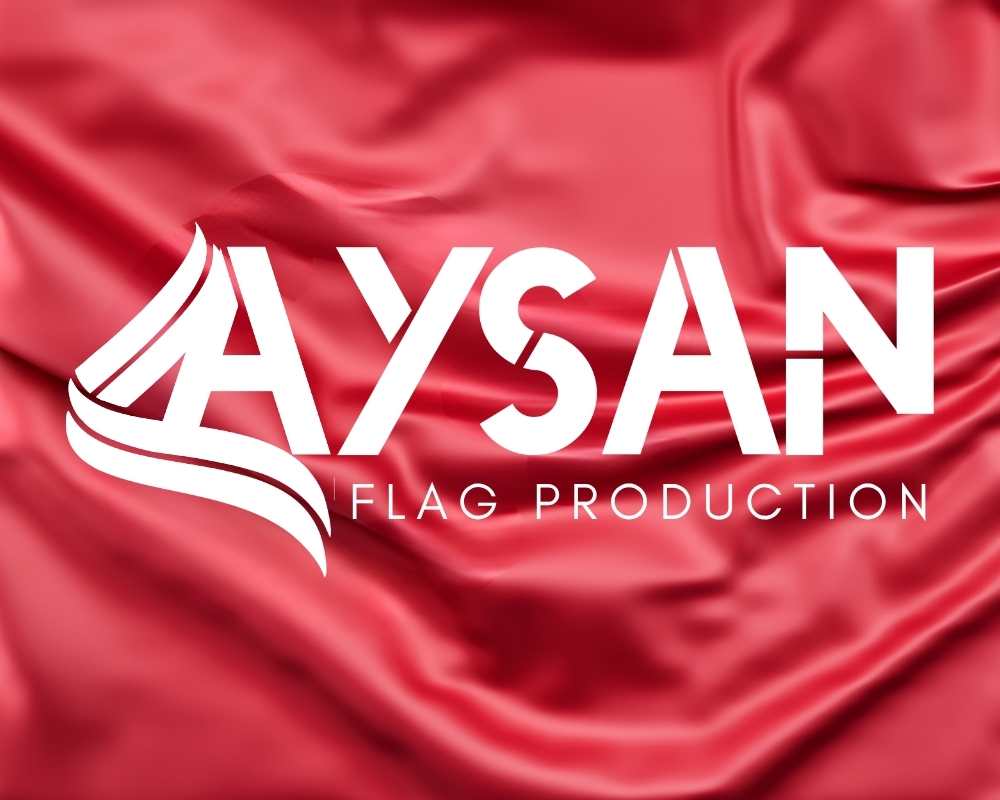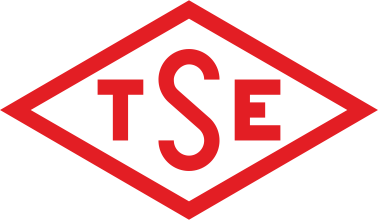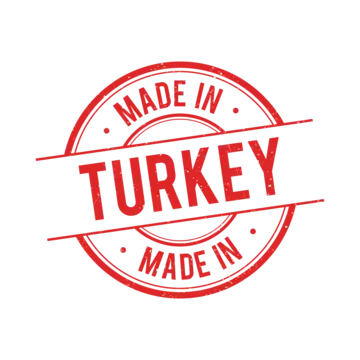The Importance of Heat Fixing in Flag Longevity
The Importance of Heat Fixing in Flag Longevity
When it comes to flag manufacturing, durability is just as important as design. One of the most essential processes to ensure that a flag stands the test of time is heat fixing—a thermal treatment applied after printing that locks in colors and enhances fabric performance.
At Aysan Flag, once a flag has been digitally or screen printed, it undergoes heat fixing at temperatures ranging between 200°C and 300°C. This high-temperature process causes the dye to bond permanently with the fibers of the fabric. Without heat fixing, colors can fade quickly due to exposure to sunlight, rain, wind, and washing.
Beyond color retention, heat fixing also improves the fabric’s resistance to wear and tear. It stabilizes the material, making it less prone to stretching, fraying, or distorting over time—especially crucial for outdoor flags exposed to the elements.
Moreover, heat fixing enhances the flag’s texture and finish. It gives the surface a smoother feel and helps preserve sharp lines and vivid detail in the printed design, ensuring the flag looks professional even after extended use.
For clients seeking high-quality, long-lasting flags—whether for government buildings, corporate events, or public spaces—heat fixing is a non-negotiable part of the production process.
At Aysan Flag, our dedication to quality includes strict heat fixing standards for every flag we produce. Because when a flag is meant to represent something important, it should be built to last.





